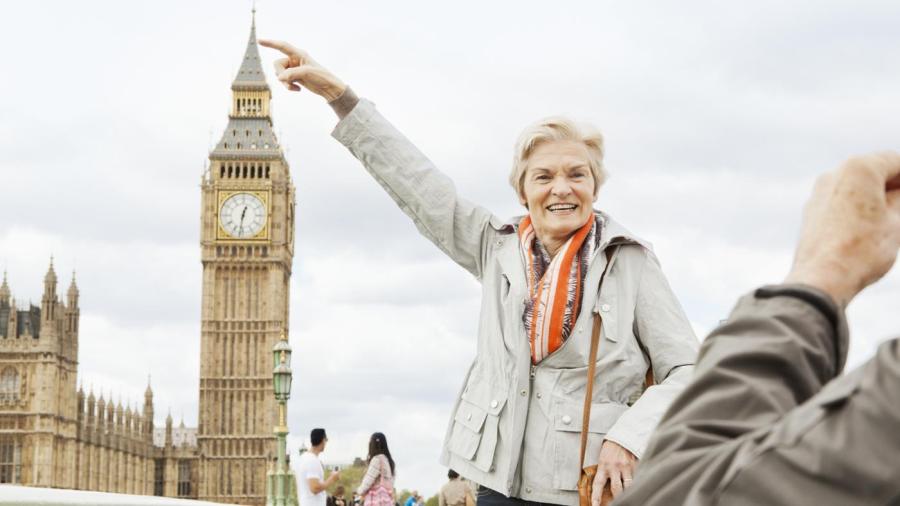What Are the Negative Social Impacts of Tourism?

While tourism can bring money into an area, it can also bring overcrowding, criminal activity and limited community support for residential rights. A city that becomes a “tourist trap” often loses the feel of its local community. Tourists may engage in more risky behaviors, including excessive consumption of drugs and alcohol, which contributes to crimes. Hotels and attractions take over residential districts and parks.
Highly traveled tourist areas sometimes attract more people than what the local infrastructure can support. Local residents then have to deal with crowded roadways and businesses. It may take much longer to run errands or commute to and from work.
Community growth and development is often driven by cultural evolution. When a community is constantly inundated with tourists, it is more difficult for locals to form bonds that follow cultural norms. At the extreme, residents may feel like prisoners in their own homes or neighborhoods because they don’t want to deal with the heavy congestion. Community leaders who emphasize tourist opportunities may neglect buildings and services that support residents.
Drug use, drinking and driving, and prostitution are a few crimes that are common in touristy areas. These crimes affect the development and presence of families within a community as well as local tax revenue.





